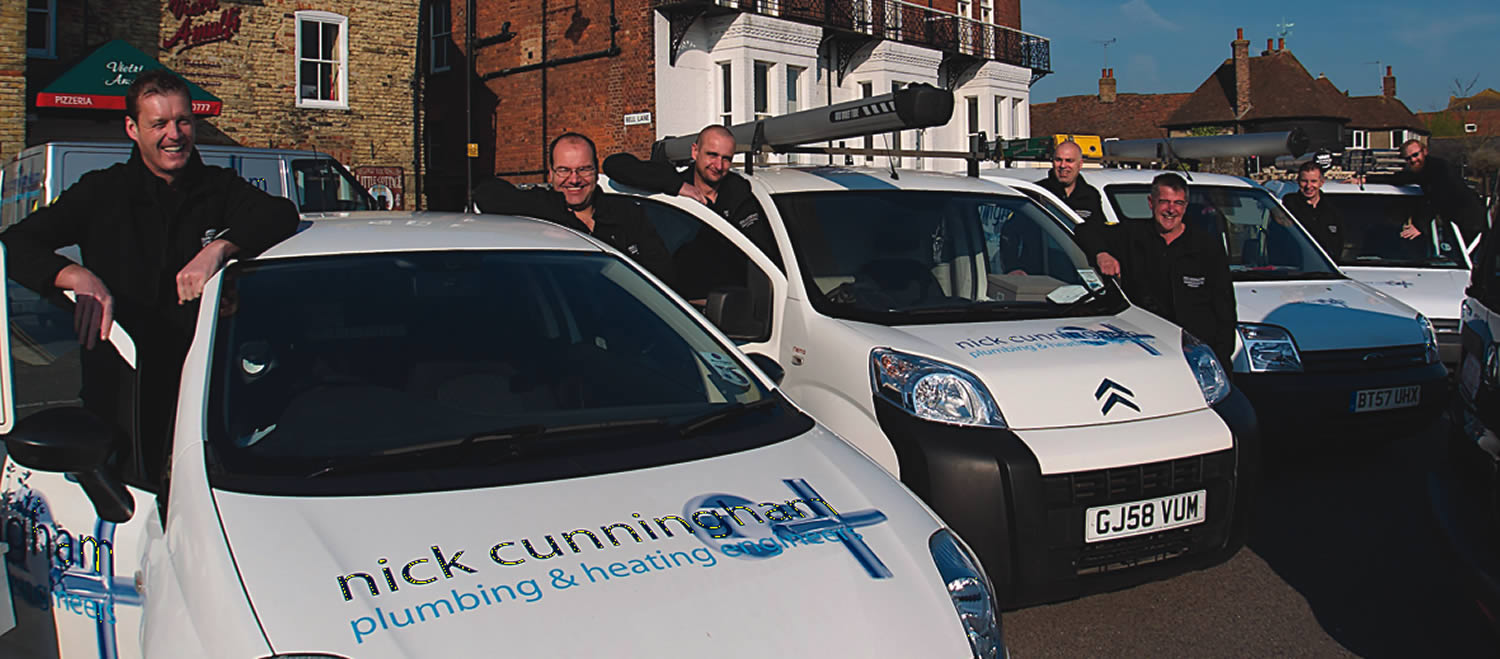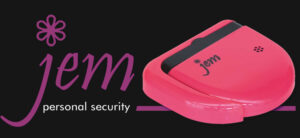Corporate design
Wind the clock back and think about the concept ideas you had when you decided to start your new business. How long was it until you thought
- “I need a website”
- “When I buy the van I’ll need some signage”
- “What about advertising?”
You will almost certainly have also considered business cards and letterheads as a must have business requisition.
Also see: holistic design, print design, logo design and website design
With that wish list and future requirements in mind, what’s common to all of them? Your company logo.
This single design element will feature on everything you publish, issue or profile. In most cases it’s the first part of your business that anyone will see; therefore it must reflect your business, look professional and set the tone for any future business relationship.

Example of corporate design on vehicles and workwear. This company logo is also used on their website and all stationery
Your logo is part of what we call in the trade ‘corporate branding’. The word corporate is not exclusive to large blue chip companies. We all have a corporate ‘look and feel’ and if used well it can elevate your company above your competitors.
Logos design.
It’s worth spending some time on this part of your corporate branding. You will probably live with your logo for many years as it’s not easy to change later on. Change your logo 5 years down the line and people may think you went bust or you’re a new company. Customers like provenance and stability. It gives them confidence to use you. They subliminally think you are more trustworthy and reliable. Also see: logo design
Logo design concept.
You may already have an idea, you’ve probably seen a very nice logo somewhere and want to match it in style, or you haven’t got a clue, just a name.
TIP. DO NOT design your logo yourself, use a professional graphic designer. By all means sketch out an idea, use colouring pencils and if you’re up to it use a simple design tool to create a draft design. You may even be proficient enough to create something nice in a graphics package.
But stop there and here’s why…
Professional logo design.
Your logo will be used for all kinds of media (print, signs, workwear, web) and they all have their own file formats, ie:
- web = gif, jpeg and png
- print = ai, tiff and eps
- signs = ai, tiff, psd and eps
Some reproduction will be low resolution like web and workwear, some will be high resolution format like print and signage. Therefore it is critical that the original design file can be exported or saved in the preferred media format. If not you may have to pay your supplier to re-create your logo in their preferred format.
In the UK and most or the EU/USA the market leading design program for logo/graphic design is Adobe Illustrator. The vast majority of professional designers use this tool to create not just logos but all types of graphic design. A file generated in this program is called an ai (adobe illustrator) file, also commonly known in the design trades as a vector file.
What is an ai file or ‘vector’ file?
Vector files are lines, shapes, fills. They can be enlarged, distorted and reduced to any size without loss of quality. It’s very important that your logo is created using vector formats to ensure it’s ‘future proof’. In other words it can be used without change for any future requirement.
If your logo also includes a font (ie: company name), they too can be converted into a vector format.
You are probably wondering why a font has to be converted to vector format when designing a logo. Fonts are micro programs that reside on your computer/laptop/notebook/phone and define the shape/look of your text. If you designed a logo using an unusual/rare font that doesn’t reside on the recipients’ device, the device will convert your font to what it thinks is the nearest equivalent.
The most common examples of this font problem are emails. You create a message on your computer using a locally available font like John Hardy (a lovely hand written style font) but the recipient doesn’t have that font so the message is automatically converted to a similar font. When you get the reply your original message font has changed.
Web designers have the same problem so are forced to use what we call ‘web safe fonts’, in other words fonts (like the typeface used in this publication – Verdana) that are available and reside on the majority of recipient devices (including mobile phones). This severely reduces font use options in web design.
It’s worth remembering the font issue when creating e-documents like estimates, invoices and statements, especially if you are sending (email) a document created using a desktop publishing programme like Microsoft Word. The format of the document could change when delivered.

Example of a logo design using an image
Logos using images.
If you decide to use an image (bitmap file) with your logo make sure you source the highest quality image available and remember that you may be restricting use of your image based logo if you want to use large format printing (ie: van and shop signage, posters, banners etc).
Bitmap files are picture files – jpeg, bmp, gif, tiff are the most common formats. Bitmap files are restricted in use by their original size and can ‘pixelate’ when enlarged too much.
Finding a graphic designer.
Google ‘graphic designers in [your area]’ or look up ‘graphic designers’ in your local business directory and make some calls. Tell them what you want, what you want to use your logo for and when you need it by.
Ask if they are VAT registered (many are not) so if you’re not VAT registered you can save some tax. Ask what their hourly rates are and most importantly pre-agree ownership of the design and get something in writing to state that the copyright is for all future use (see chapter 12). In particular, you need to agree with your designer that copyright of the design will be transferred to you on completion of and payment for the design.
Next, arrange a meeting to discuss your design so you can show the designer ideas and take advice. When you’ve agreed a design idea, ask for 4 to 6 design options capped at say 1 or 2 hours design time depending on complexity. The designer will probably email (PDF) or post a proof. Pick the one you like or request edits remembering to cap the time spent. You could have a usable, professional logo design within 2 to 3 hours.
As part of this design process you may want to consider the following. Is the logo ever going to be used in single colour, ie: fax messages, NCR sets, fanfold paper, signs or workwear. If the answer is yes, ask your designer for a simplified logo version for this and use on dark backgrounds like workwear.
I’ve found some of the best designers work from home; they have low overheads so their hourly rates are usually lower. Ask them to hold the file on archive and release a copy of the master file to you for your use. At this stage you may not know what file type you will require in the future but if the original is an ai (vector) file nearly every professional designer/printer can convert for their media.
You may want to hold on archive a selection of files for future use so you can issue them later on. There may be a small charge for this, so be clear and consult the designer. Typically, jpeg, gif, tiff and pdf should cover nearly all eventualities.
TIP. Make sure you own the master file. Make sure it’s an ai (vector) file, stored in a safe place and copied to a friend/relative for back up just in case. Archiving your logo in the original ai (vector) format gives you the option to go to another designer for future use.
Now you have a logo. It’s perfect and just what you wanted. How do you want to use it?

